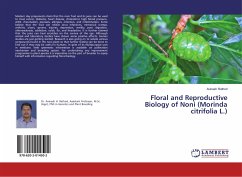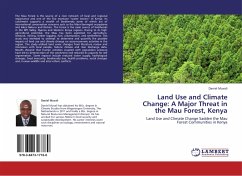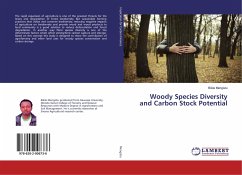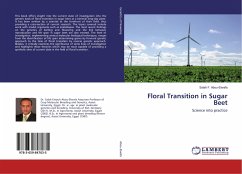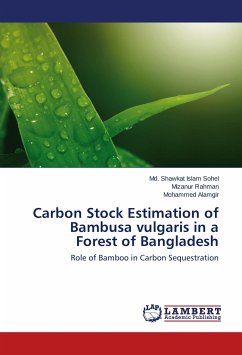The natural hill forest, Tankawati of Bangladesh is rich in floral diversity, and a good reservoir of carbon. To assess the floral composition and carbon estimation, systematic sampling method was used to fix the sample plots. The forest is rich in floral diversity; a total of 56 tree species, 12 shrubs and 14 herbs & grass species available there. Maximum trees are close to maturity, height and diameter ranges of 15-20 m and 30-40 cm respectively. The importance value index was found highest for tree species Dipterocarpus turbinatus, shrub Melastoma melabathricum and herb Cynodon dactylon. Biomass and soil organic carbon stocks were estimated by using loss of ignition and wet oxidation method respectively. The total carbon stock of the forest was found 283.80 tonne/ha whereas tree produces 110.94 tonne/ha and soil 168.15 tonne/ha. The forest has a good capacity to stock carbon from the atmosphere. To realize forest sector potentiality in Bangladesh, the carbon sequestration should be integrated with the Clean Development Mechanism.




